DNA Extraction with Reciprocating Saw
Yup, you read that right. Dr. C.D. Bailey and I have figured out how to use a reciprocating saw in the process of DNA extraction. The first step of DNA extraction is to break up the material from which you want DNA. With some organisms (bugs, for instance), this is pretty easy. Plants, because of their cellulose cell walls, are much harder to break up. This process is made easier by using devices that can shake 1.5 mL tubes back and forth violently, which will break up plant material very well if you put some chrome steel balls or the like in there. The commercially-available Dyno-mill will do this, as will a modified paint shaker. A reciprocating saw with 1.5 mL tube rack mounted to the blade will also work. Jorge, a worker in the herbarium here at NMSU, suggested we call it "La Machacadora", which is "The Smasher" in Spanish, so that's what I call it, anyways. Lisa, another herbarium worker, made us some nifty artwork.
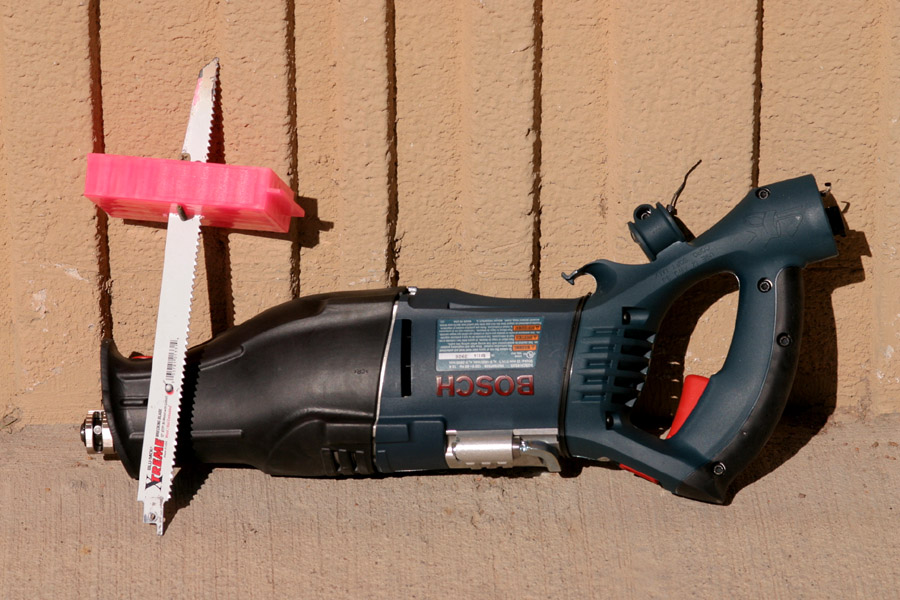
The reciprocating saw with modified blade.
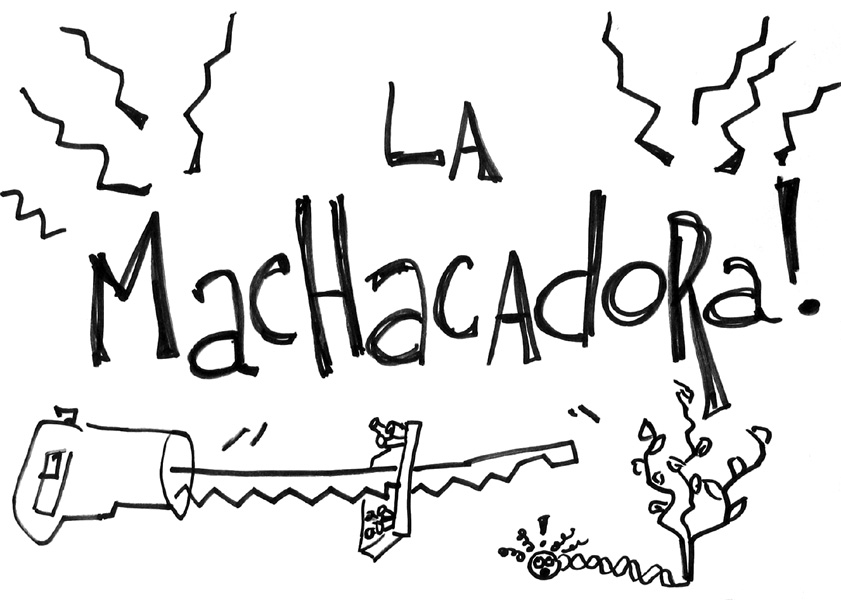
What happens to Lisa when she spends too much time databasing.
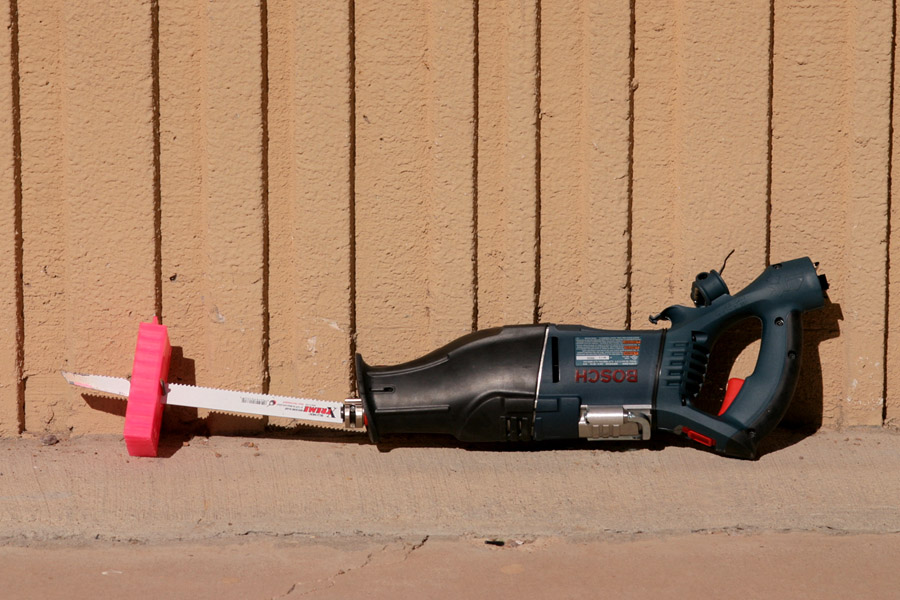
Another view of the contraption, 6/4/05.
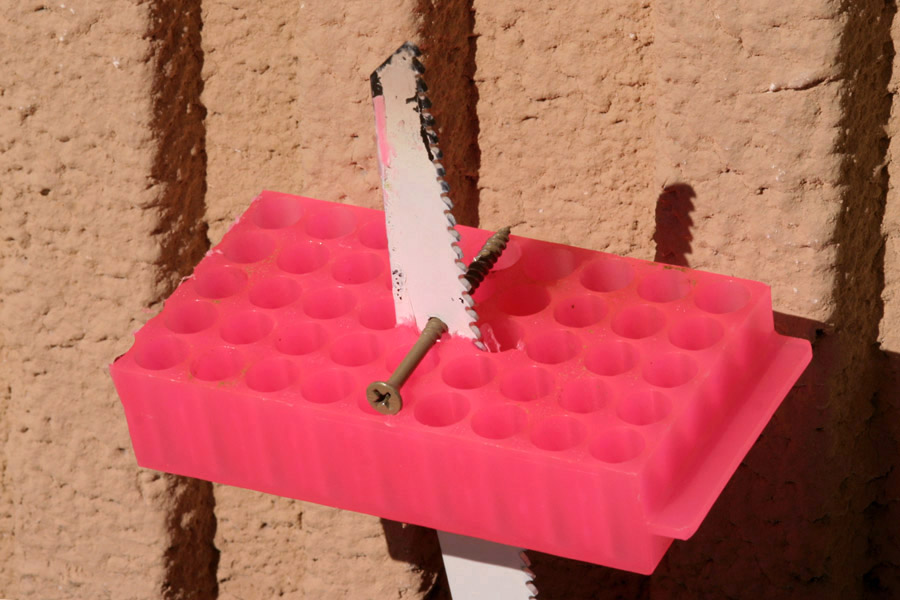
Closer view of the blade, unloaded.
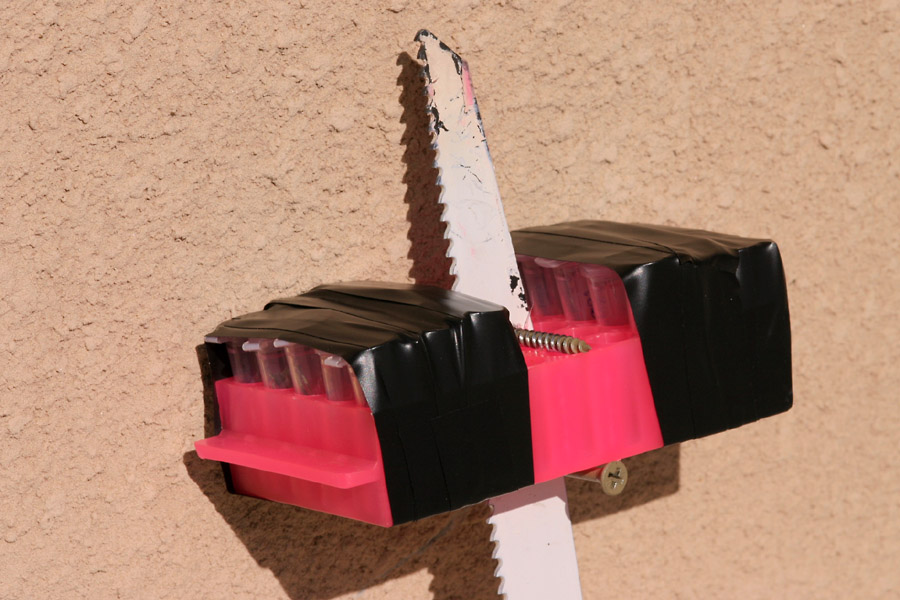
The loaded blade.
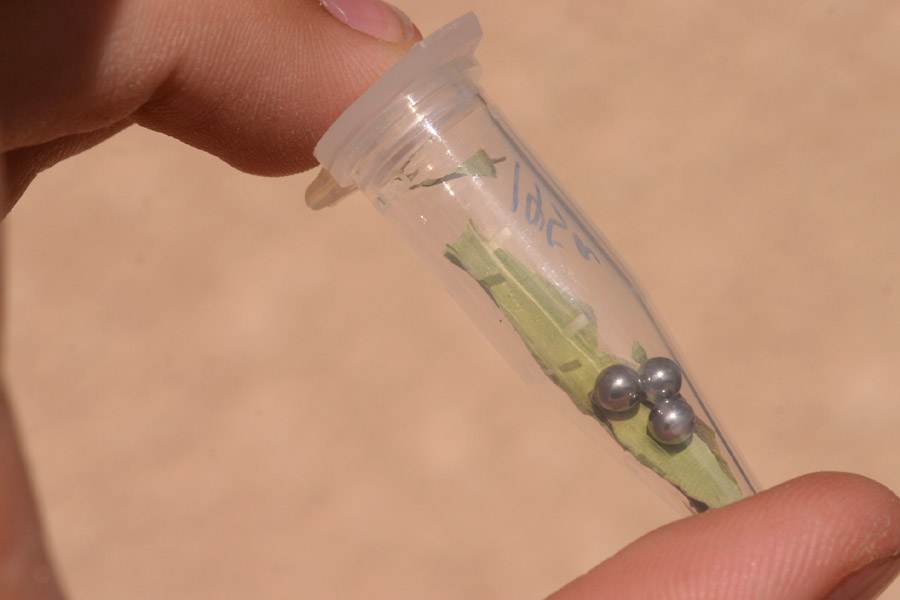
Leaves of a Boechera, before reciprocation.
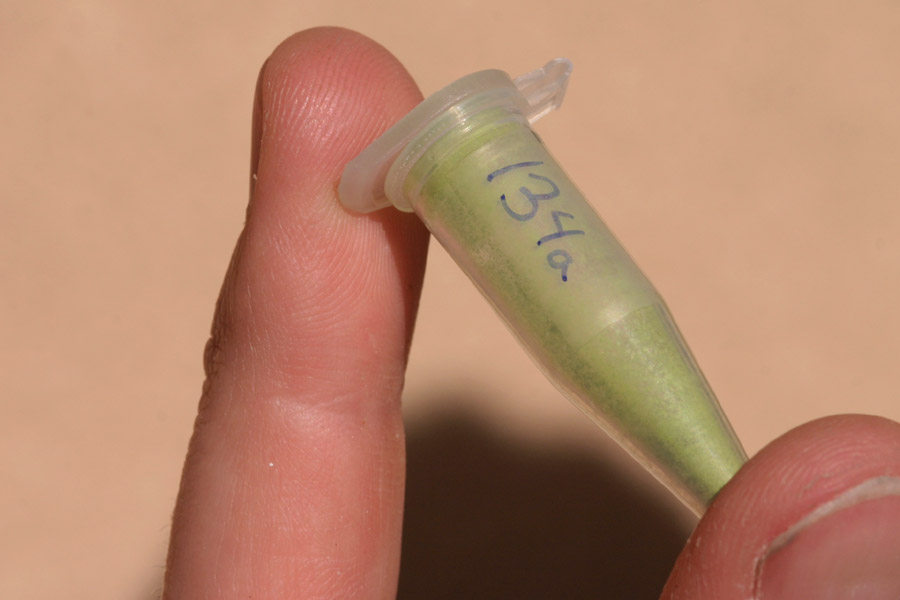
Leaves of a Boechera, after reciprocation.
We also have video! Dr. Bailey demonstrating, both with and without liquid nitrogen. It turns out it works either way, but the liquid nitrogen adds "mad scientist appeal".
|
|